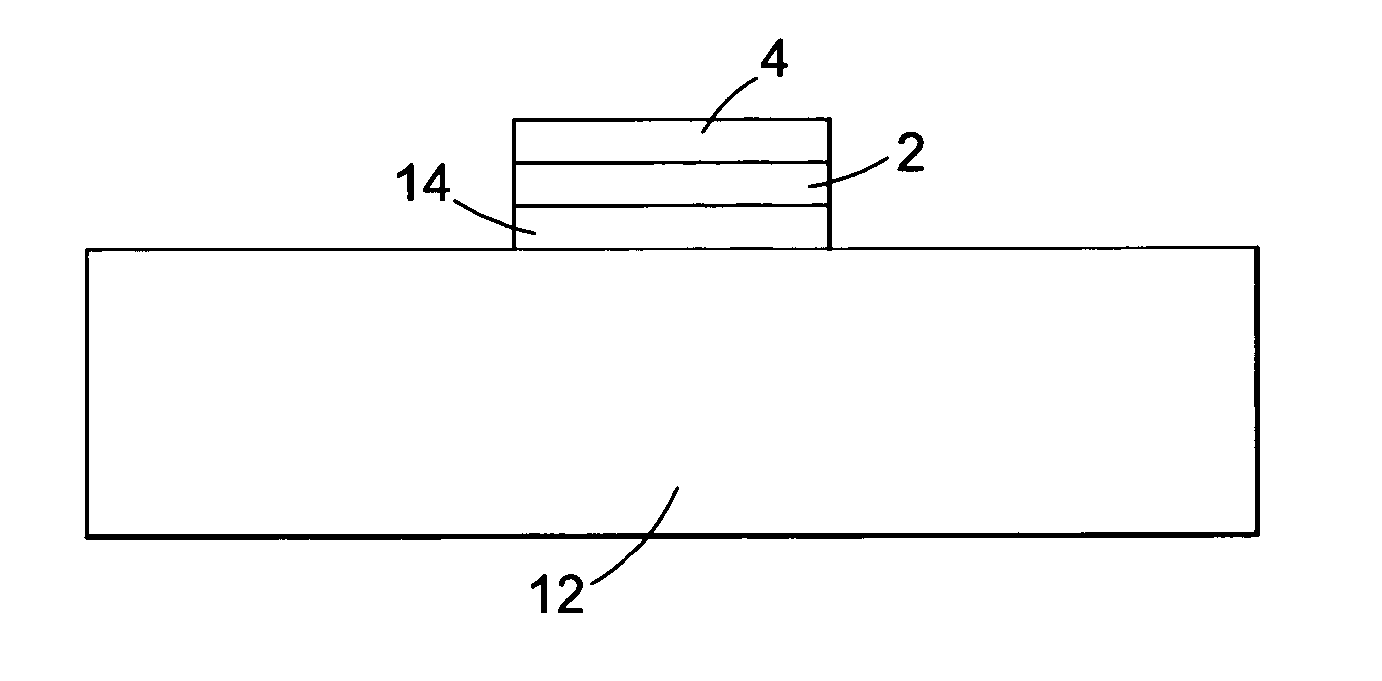Single crystal CVD synthetic diamond material
a single crystal, synthetic diamond technology, applied in the direction of synthetic resin layered products, crystal growth process, polycrystalline material growth, etc., can solve the problem of difficult to even approach the level of perfection, all diamond materials contain a significant number of defects, and the thermodynamic perfection of diamond lattice is impossible to achieve. , to achieve the effect of good optical quality and low crystallographic defects
- Summary
- Abstract
- Description
- Claims
- Application Information
AI Technical Summary
Benefits of technology
Problems solved by technology
Method used
Image
Examples
examples
[0175]Utilizing the previously described CVD reactor and substrate configuration, single crystal CVD diamond material has been grown under high nitrogen / high substrate temperature conditions using various concentration of oxygen containing source gas and various concentrations of carbon source gas in the CVD synthesis atmosphere.
[0176]FIG. 4(a) is a DiamondView™ image of a single crystal CVD synthetic diamond material grown under high nitrogen / high substrate temperature conditions showing clearly visible striations. In this example the CVD synthesis atmosphere was formed using the following gas flow rate: 3000 sccm H2; 0 sccm CO2; 165 sccm CH4; and 4.0 sccm pure N2 (1254 ppm). These flow rates correspond to the following atomic concentrations: 97.5% H, 2.4% C; 0% 0; and 0.1% N.
[0177]In contrast, FIG. 4(b) is a DiamondView™ image of a single crystal CVD synthetic diamond material grown under high nitrogen / high substrate temperature / oxygen conditions showing substantially no visible s...
PUM
| Property | Measurement | Unit |
|---|---|---|
| Temperature | aaaaa | aaaaa |
| Length | aaaaa | aaaaa |
| Length | aaaaa | aaaaa |
Abstract
Description
Claims
Application Information
 Login to View More
Login to View More - R&D
- Intellectual Property
- Life Sciences
- Materials
- Tech Scout
- Unparalleled Data Quality
- Higher Quality Content
- 60% Fewer Hallucinations
Browse by: Latest US Patents, China's latest patents, Technical Efficacy Thesaurus, Application Domain, Technology Topic, Popular Technical Reports.
© 2025 PatSnap. All rights reserved.Legal|Privacy policy|Modern Slavery Act Transparency Statement|Sitemap|About US| Contact US: help@patsnap.com



